A Guide to Wood Essential Oils
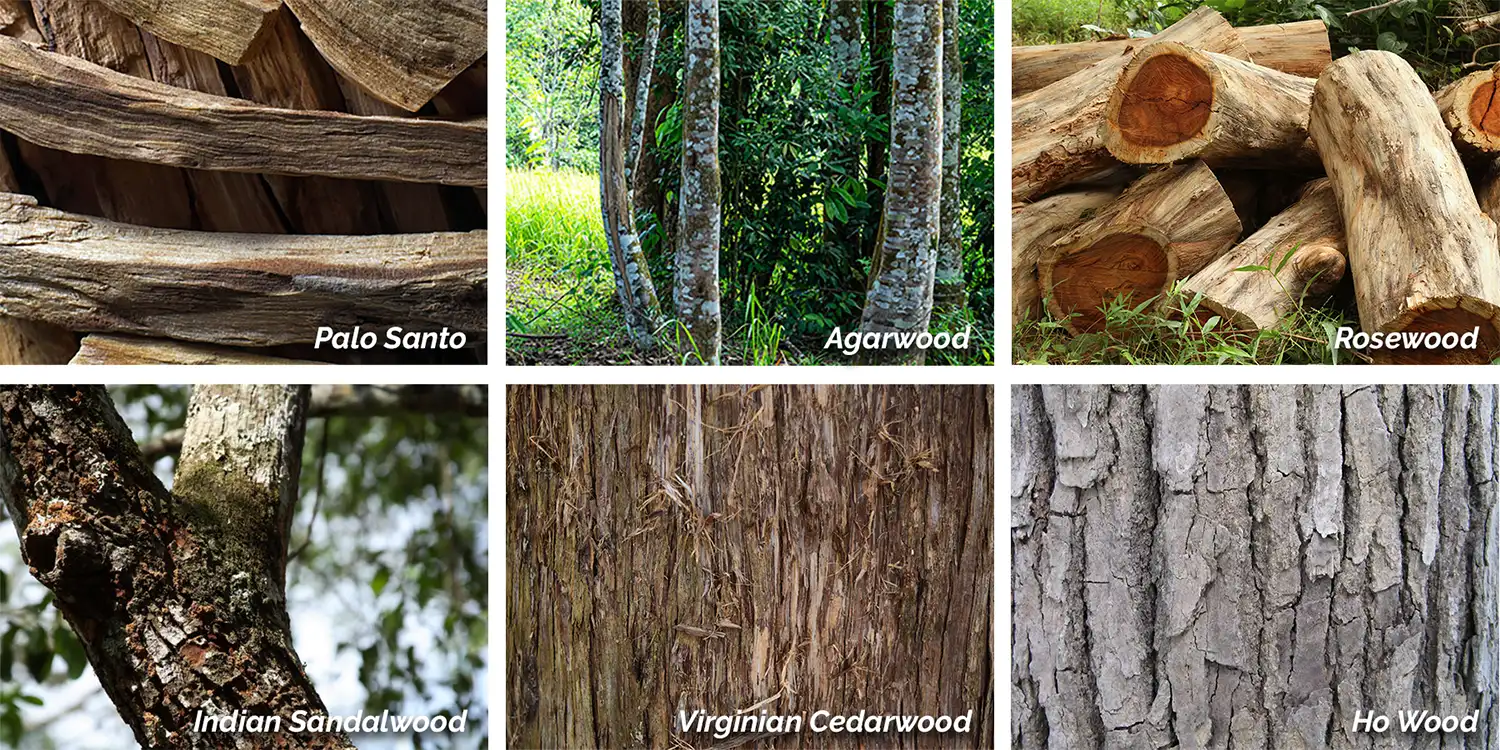
Wood Oil Guide Sections:
- Introduction to Wood Essential Oils
- What About Conifer, Bark, and Petitgrain Essential Oils?
- Uses and Benefits of Wood Essential Oils
- General Safety Information for Wood Essential Oils
- Shelf Life of Wood Essential Oils
- Wood Essential Oil Sustainability and Conservation Concerns
- Detailed List of Wood Essential Oils
- References
Introduction to Wood Essential Oils
Wood Essential Oils are typically distilled from the heartwood or inner wood of a tree's trunk. Leaves, twigs, or other aerial parts of the plant are sometimes also included in the distillation of particular wood oils.
Wood essential oils often possess a deep, tenacious, sweet woody aroma sometimes accompanied by underlying balsamic or earthy characteristics. Renowned for their calming and grounding properties, wood essential oils have many versatile uses, as described below.
What About Conifer, Bark, and Petitgrain Essential Oils?
I've decided not to classify essential oils distilled from conifer tree needles, twigs, or cones as wood essential oils. This is because they're not derived from the heartwood of the tree and have noteworthy differences in their composition and chemistry.
The same holds for Cinnamon Bark and Sweet Birch Bark essential oils. They aren't categorized with the Wood Essential Oils because their aroma and chemistry are so vastly different.
Petitgrain Bigarade and other petitgrain essential oils are also not generally categorized with wood essential oils because they are primarily distilled from the leaves and twigs of citrus trees.
The Uses and Benefits of Wood Essential Oils
Typically, Indian Sandalwood Essential Oil, along with many other essential oils distilled from wood, is abundant in sesquiterpenes. This makes them beneficial within the following applications:
- Respiratory System
- Urinary System
- Skin Care
- Emotionally Calming and Grounding
- Fixative in Perfumery
Some consider many of the wood oils to be aphrodisiacs.
Not all wood essential oils are abundant in sesquiterpenes. Rosewood Essential Oil, for example, primarily contains linalol, a monoterpenol.
Wood Essential Oils encompasses a wide range of oils, so it's essential to thoroughly research the composition, uses, benefits, and safety considerations of each specific wood essential oil before use.
General Safety Information for Wood Essential Oils
Many wood essential oils are safe to use when properly diluted, but some like White Camphor Essential Oil require greater care and precaution. It's important that you research and heed the precautions and safety information for each essential oil that you use.
The Shelf Life of Wood Essential Oils
Typically, wood essential oils have a longer shelf life than essential oils from the citrus and conifer families when they are stored properly. However, essential oil shelf life can be difficult to gauge. Read AromaWeb's Guide to Essential Oil Shelf Life and AromaWeb's answer to the question Do Essential Oils Expire? for more information.
Wood Essential Oil Sustainability and Conservation Concerns
Most essential oils are distilled from leaves, flower buds, and parts of the plant that do not result in destroying the plant. Most wood essential oils, however, require that the tree be cut down to harvest the wood needed to produce the oil. It takes a significant amount of wood to produce even a small quantity of essential oil.
Therefore, Rosewood Essential Oil, Indian Sandalwood Essential Oil, Atlas Cedarwood, and several other tree species that are used to produce essential oils are classified as threatened or endangered by the IUCN Red List of Threatened Species.
You will notice a Conservation Status section for each of the below oils in AromaWeb's List of Wood Essential Oils. Especially for wood oils that are classified as threatened or endangered by the IUCN, it's important to shop with suppliers that focus on sustainable sourcing methods for the oil or consider using a different essential oil in its place.
Detailed List of Wood Essential Oils
The below list includes most all essential oils and absolutes on AromaWeb that are derived from the wood of a tree. Some wood oils may also contain the leaves or other aerial parts of the plant. Click on the links to view the detailed essential oil profile for the wood essential oil. Each profile includes the aromatic description of the oil.
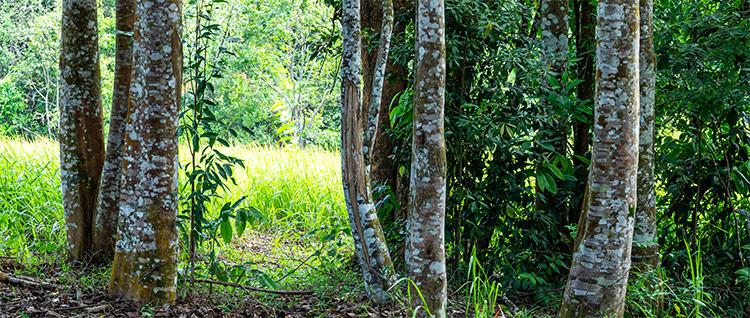
Agarwood Essential Oil (Oud)
Botanical Name: Aquilaria crassna
Plant Family: Thymelaeaceae
Plant Part(s) Typically Distilled: Heartwood
Conservation Status: Critically Endangered*
Learn More About Agarwood Essential Oil
Amyris Essential Oil
Botanical Name: Amyris balsamifera
Plant Family: Rutaceae
Plant Part(s) Typically Distilled: Wood
Conservation Status: Not Classified by IUCN*
Learn More About Amyris Essential Oil
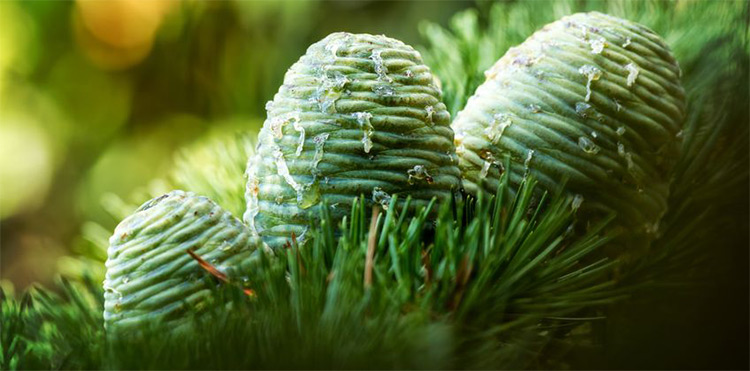
Atlas Cedarwood Essential Oil
Botanical Name: Cedrus atlantica
Plant Family: Pinaceae
Plant Part(s) Typically Distilled: Wood
Conservation Status: Endangered*
Learn More About Atlas Cedarwood Essential Oil
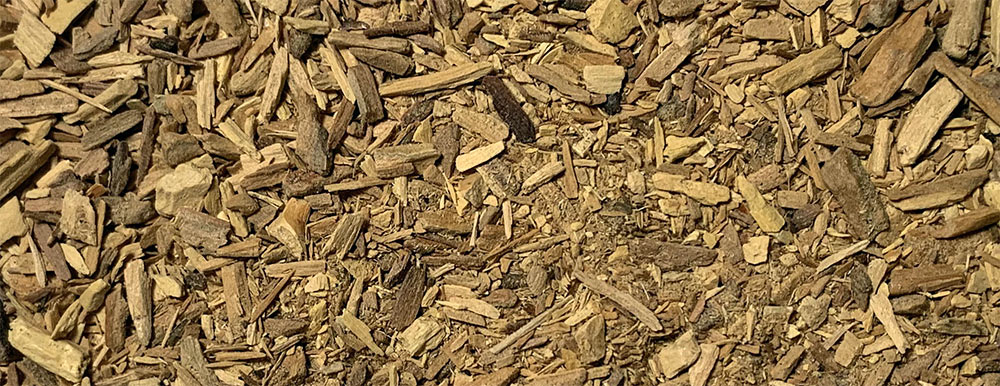
Australian Sandalwood Essential Oil
Botanical Name: Santalum spicatum
Plant Family: Santalaceae
Plant Part(s) Typically Distilled: Heartwood
Conservation Status: Vulnerable*
Learn More About This Essential Oil
Blue Cypress Essential Oil
Botanical Name: Callitris intratropica
Plant Family: Cupressaceae
Plant Part(s) Typically Distilled: Wood
Conservation Status: Not Classified by IUCN*
Learn More About This Essential Oil
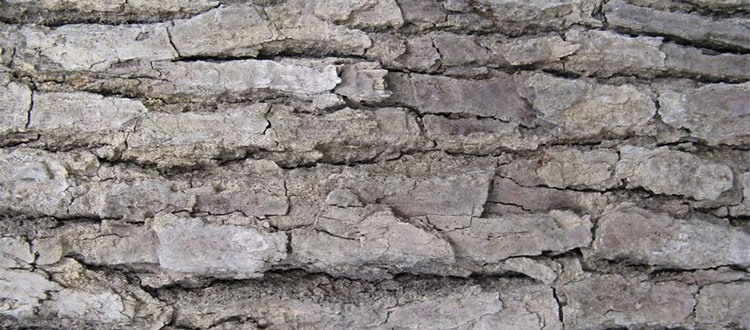
Ho Wood Essential Oil
Botanical Name: Cinnamomum camphora var linalool
Plant Family: Lauraceae
Plant Part(s) Typically Distilled: Wood, Bark, Twigs and Sometimes Leaves
Conservation Status: Not Classified by IUCN*
Learn More About This Essential Oil
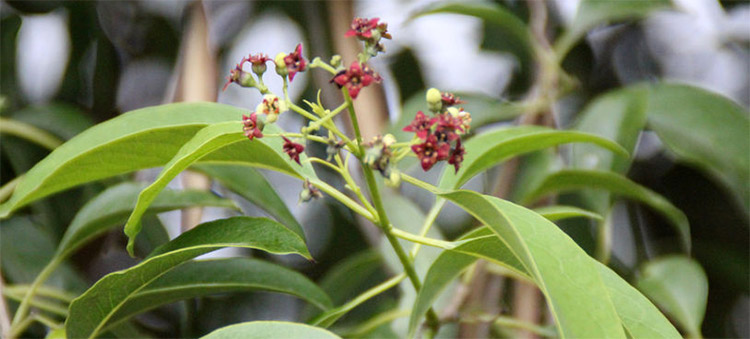
Indian Sandalwood Essential Oil
Botanical Name: Santalum album
Plant Family: Santalaceae
Plant Part(s) Typically Distilled: Heartwood
Conservation Status: Vulnerable*
Learn More About This Essential Oil
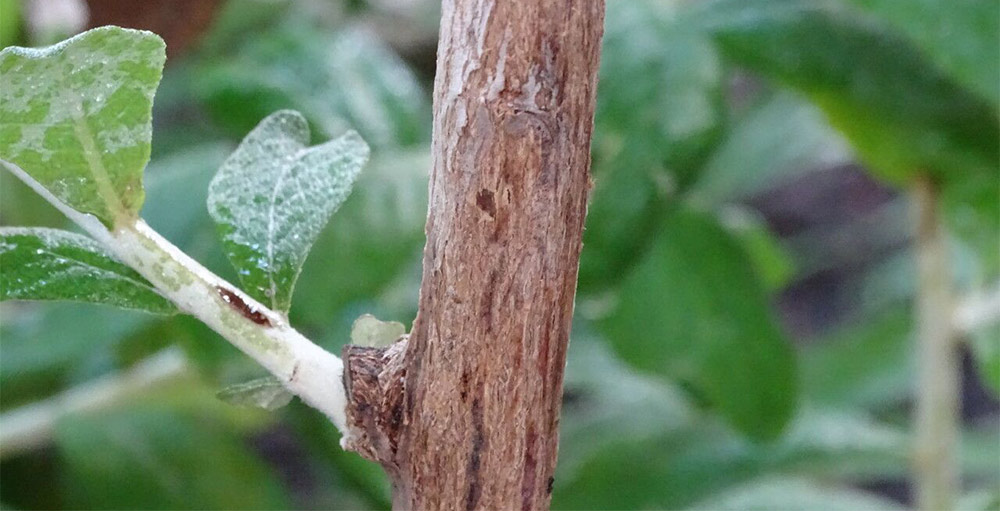
Photo Credit: Brachylaena huillensis Bark by Maarten Vanhove.
Licensed under CC BY-SA 4.0
Muhuhu Essential Oil
Botanical Name: Brachylaena hutchinsii / Brachylaena huillensis
Plant Family: Asteraceae
Plant Part(s) Typically Distilled: Heartwood
Conservation Status: Near Threatened*
Learn More About This Essential Oil
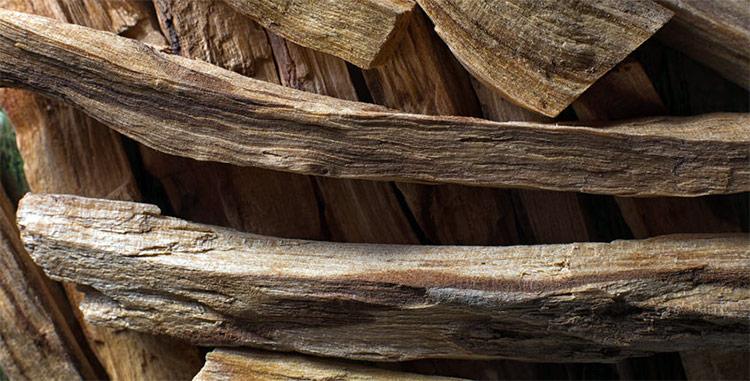
Palo Santo Essential Oil
Botanical Name: Bursera graveolens
Plant Family: Burseraceae
Plant Part(s) Typically Distilled: Wood
Conservation Status: Critically Endangered in Peru (Read the Sustainability and Conservation Status section of the Profile for Details)*
Learn More About This Essential Oil

Rosewood Essential Oil
Botanical Name: Aniba rosaeodora
Plant Family: Lauraceae
Plant Part(s) Typically Distilled: Wood
Conservation Status: Endangered*
Learn More About This Essential Oil
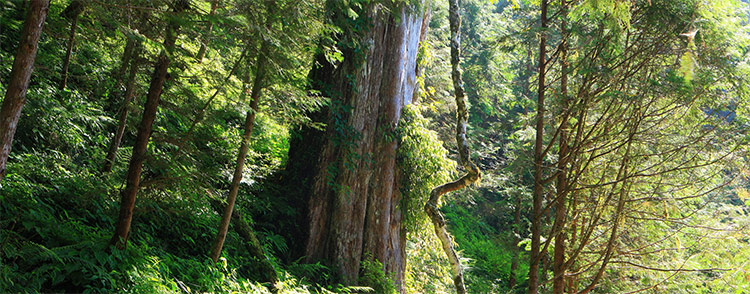
Taiwan Hinoki Essential Oil
Botanical Name: Chamaecyparis formosensis
Plant Family: Cupressaceae
Plant Part(s) Typically Distilled: Twigs/Wood
Conservation Status: Endangered*
Learn More About This Essential Oil
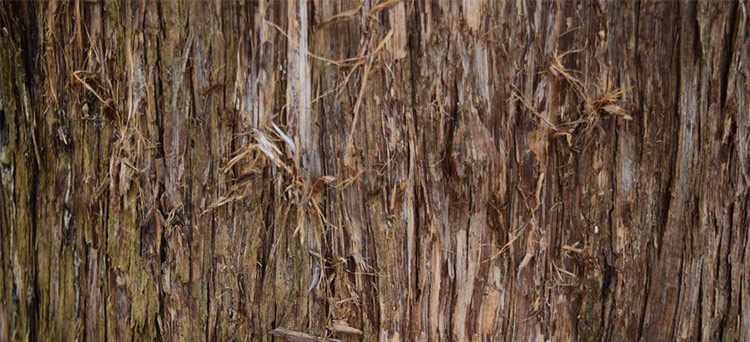
Virginian Cedarwood Essential Oil
Botanical Name: Juniperus virginiana
Plant Family: Cupressaceae
Plant Part(s) Typically Distilled: Wood
Conservation Status: Least Concern*
Learn More About Virginian Cedarwood Essential Oil
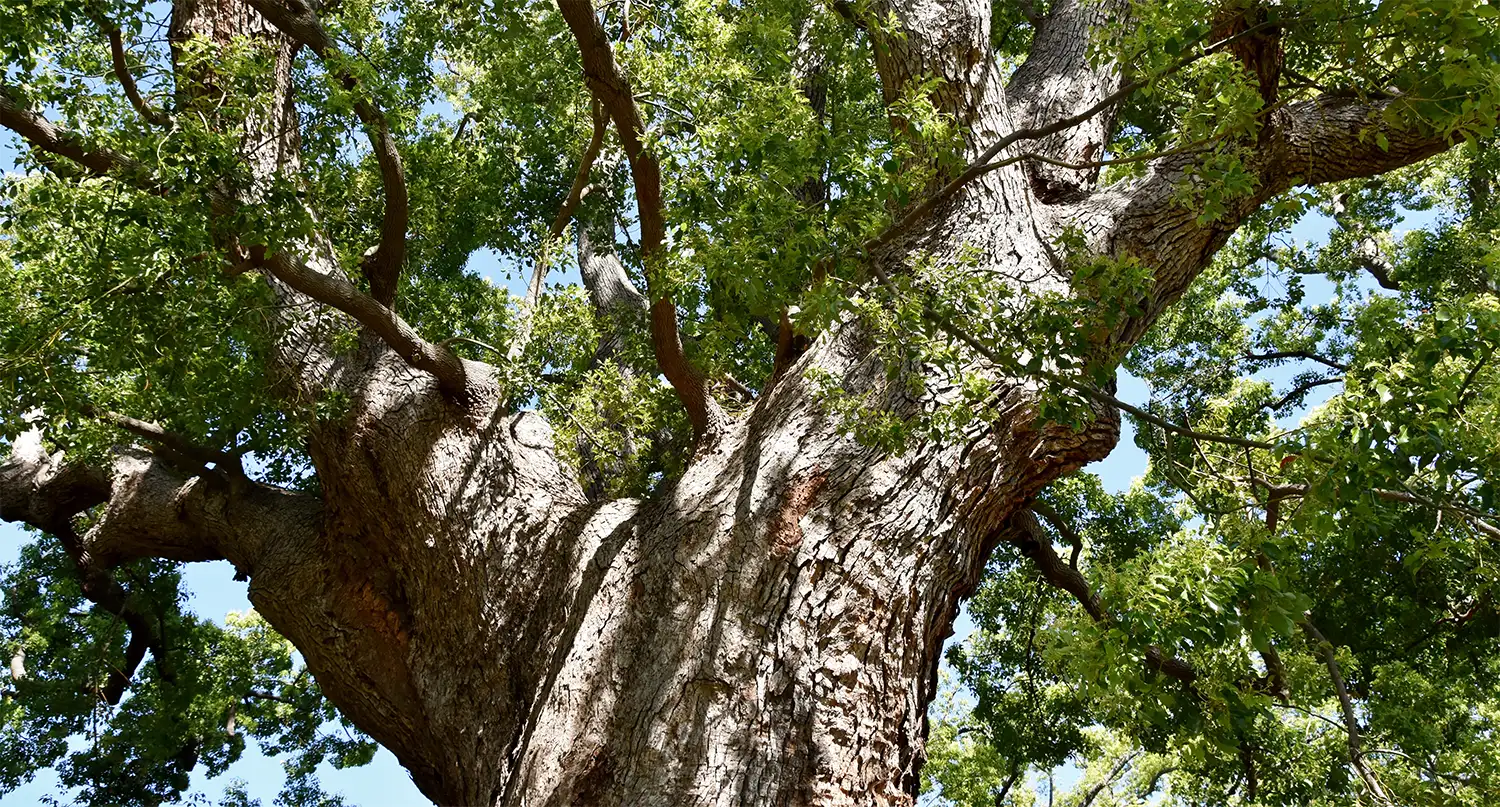
White Camphor Essential Oil
Botanical Name: Cinnamomum camphora
Plant Family: Lauraceae
Plant Part(s) Typically Distilled: Wood
Conservation Status: Not Classified by IUCN*
Learn More About White Camphor Essential Oil
*Conservation Status
It's so important that we are each mindful of the conservation status of the trees and plants that are used in the distillation of the oils that we purchase and work with. The conservation status information that appears in this guide and that you see included on most of AromaWeb's essential oil profiles comes from the IUCN Red List of Threatened Species. IUCN stands for the International Union for Conservation of Nature. To learn more about the conservation status of essential oil-bearing plants and how to use the IUCN Red List of Threatened Species, please refer to AromaWeb's Guide to Essential Oils and Sustainability.
References
- Robert Tisserand and Rodney Young, Essential Oil Safety (Second Edition. United Kingdom: Churchill Livingstone Elsevier, 2014).
- Steffen Arctander, Perfume and Flavor Materials of Natural Origin (Reprint Edition. Elizabeth, NJ: Pathfinder, 2017).
- Salvatore Battaglia, Aromatree (Brisbane Australia: Black Pepper Creative, 2019).
- Jennifer Peace Rhind, Listening to Scent (London and Philadelphia: Singing Dragon, 2016).
- Neryls Purchon and Lora Cantele, Complete Aromatherapy & Essential Oils Handbook for Everyday Wellness (Toronto ON: Robert Rose, 2014).
General Safety Information
Do not take any oils internally and do not apply undiluted essential oils, absolutes, CO2s or other concentrated essences onto the skin without advanced essential oil knowledge or consultation from a qualified aromatherapy practitioner. For general dilution information, read AromaWeb's Guide to Diluting Essential Oils. If you are pregnant, epileptic, have liver damage, have cancer, or have any other medical problem, use oils only under the proper guidance of a qualified aromatherapy practitioner. Use extreme caution when using oils with children and be sure to first read the recommended dilution ratios for children. Consult a qualified aromatherapy practitioner before using oils with children, the elderly, if you have medical issues or are taking medications. Before using this or any essential oil, carefully read AromaWeb's Essential Oil Safety Information page. For in-depth information on oil safety issues, read Essential Oil Safety by Robert Tisserand and Rodney Young.
Shelf Life
Important Information About the Profiles
The essential oil information provided on AromaWeb is intended for basic educational purposes only. The references to safety information, test results, constituents and percentages is generalized information. Essential oils can vary greatly in composition. The data is not necessary complete and is not guaranteed to be accurate. The essential oil photos are intended to represent the typical and approximate color of each essential oil. However, essential oil composition and color can vary based on harvesting, distillation, age of the essential oil and other factors. Profiles for several CO2 Extracts and absolutes are included within the directory, and are denoted as such.
